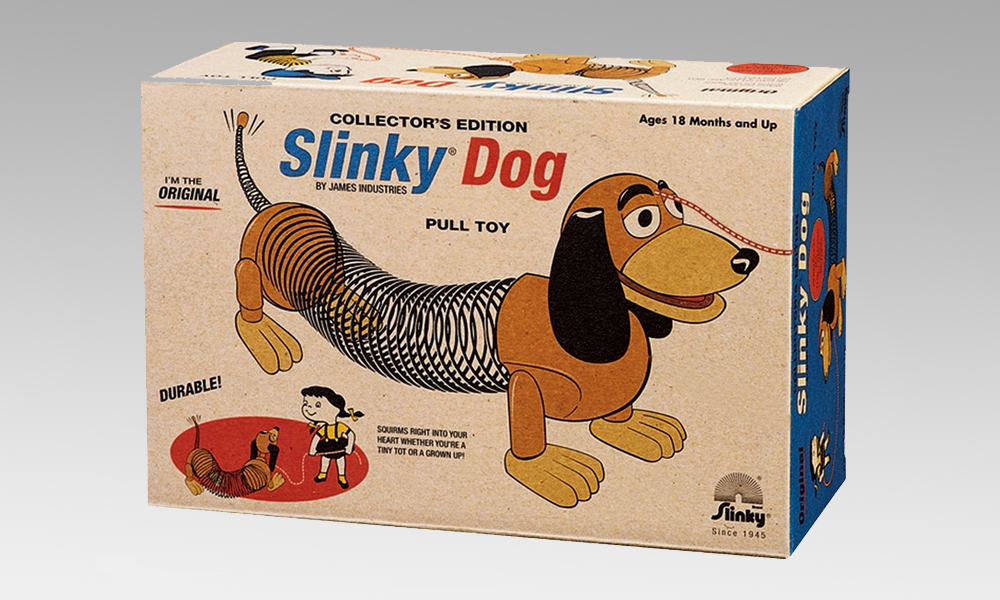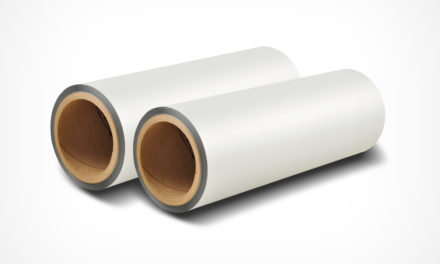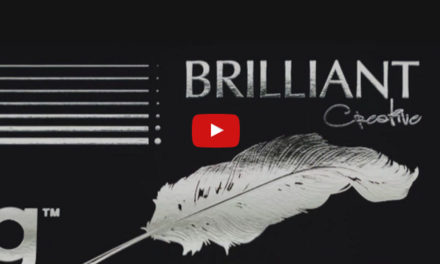Food was produced and consumed locally in ancient times. A need for packaging did not exist. As the civilizations grew, the need to contain, protect and transport food supplies became a critical role in the development of the human race. Primitive man used vessels made of tree leaves, bamboo, palm leaves, gourds, shells, and animal skin. As time move on and as minerals, ores, and chemicals were discovered, metals and pottery were developed which lead to modern materials such as fabrics, ceramics, metals, and certain types of paper.
The industrial revolution created a new appetite for better products in greater quantities. At this time materials were relatively expensive and packaging was limited to only the most luxurious goods. After the first world war, a remarkable number of packaging innovations took place including cardboard boxes, molded glass, metal cans, and cellophane. These new and efficient materials made packaging an everyday item. This pressured manufacturers to establish new levels of creativity and branding to capture the attention of the modern consumers.
Next came the Great Depression which marked the rise of the supermarket culture which spearheaded the self-service model and called for packaging to assume the role of a ‘silent-salesman’. Consumers of this era enjoyed the conveniences offered by the single use-and-throw materials – particularly with the invention of aluminum foil, and plastics.
In the later half of 20th century, the rise of digital technologies enabled businesses to globalize and scale rapidly. As branding become more sophisticated alongside greater pressure to compete, packaging was a sure way of ensuring your product stood out. As essential as packaging had become it also became a major threat to the environment. Today research continues not only to find new materials, but also to find sustainable and environmentally friendly solutions.
In recent times, advances in mobile computing technology is significantly transforming consumer behavior. With access to information overload at their fingertips, consumers reach out towards engaging retail experiences that provide a sense of self-identity. With the birth of barcodes, many digital technologies have continually been tested to bring reforms to retail experiences with product packaging again being at the center of these developments.





